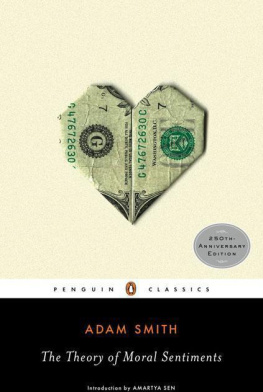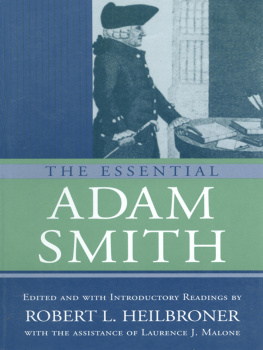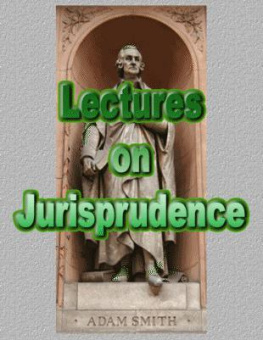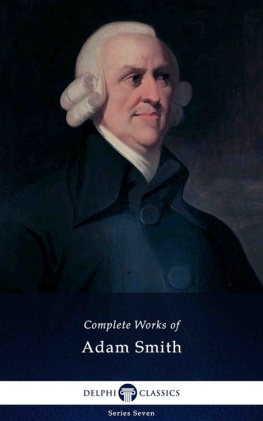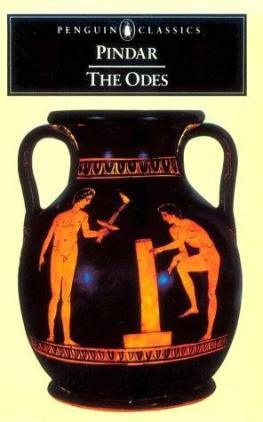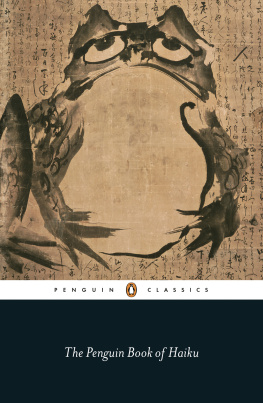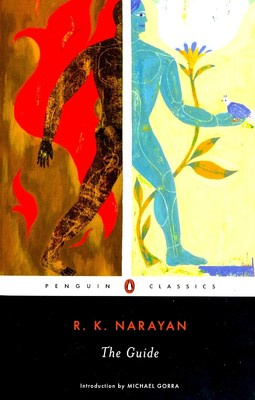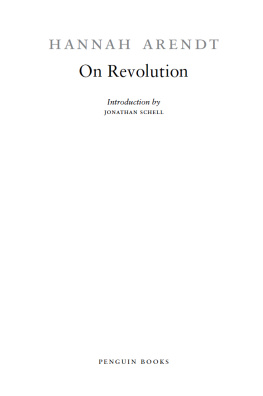
Table of Contents
PENGUIN CLASSICS
THE THEORY OF MORAL SENTIMENTS
ADAM SMITH (1723-1790) was born at Kirkcaldy, on the east coast of Scotland, in 1723, and received his early education at the local burgh school. He subsequently attended Glasgow University (1737- 1740), where he studied under Francis Hutcheson, and Balliol College, Oxford (1740-1746). Two years after his return to Scotland, Smith moved to Edinburgh, where he delivered lectures on rhetoric, which did much to establish his early reputation. In 1751 Smith was appointed Professor of Logic at Glasgow, but was translated to Hutchesons old chair of Moral Philosophy in 1752. He held this appointment until 1764, during which tenure he published, in 1759, The Theory of Moral Sentiments . In 1764 Smith resigned his professorship to become tutor to the young Duke of Buccleuch, at the invitation of Charles Townshend. This office took him to France, where he traveled extensively, meeting many of the leading thinkers of the day, including Voltaire, Quesnai, Turgot, and Helvetius, and where he began writing The Wealth of Nations . The book was published in 1776, the same year the Declaration of Independence was adopted. In 1778 Smith became a resident of Edinburgh, on his appointment as Commissioner of Customs, and remained there until his death in 1790. He was elected Lord Rector of Glasgow University in 1787, in succession to his friend Edmund Burke. Smiths life was relatively uneventful and his disposition absent-minded and retiring. Yet he wrote with vigor and did not lack personal courage, a fact attested by his defense of the character of the alleged atheist David Hume, after the latters death.
AMARTYA SEN is Lamont University Professor at Harvard University. He won the Nobel Prize in Economics in 1998 and was Master of Trinity College, Cambridge, from 1998 until 2004. His books include Development as Freedom , Identity and Violence , and The Idea of Justice.
RYAN PATRICK HANLEY is the author of Adam Smith and the Character of Virtue . An assistant professor of political science at Marquette University, he has been the recipient of fellowships from the Mellon Foundation and the National Endowment for the Humanities.

PENGUIN BOOKS
Published by the Penguin Group
Penguin Group (USA) Inc., 375 Hudson Street, New York, New York 10014, U.S.A.
Penguin Group (Canada), 90 Eglinton Avenue East, Suite 700, Toronto,
Ontario, Canada M4P 2 Y3 (a division of Pearson Penguin Canada Inc.)
Penguin Books Ltd, 80 Strand, London WC2R 0RL, England
Penguin Ireland, 25 St Stephens Green, Dublin 2, Ireland (a division of Penguin Books Ltd)
Penguin Group (Australia), 250 Camberwell Road, Camberwell,
Victoria 3124, Australia (a division of Pearson Australia Group Pty Ltd)
Penguin Books India Pvt Ltd, 11 Community Centre, Panchsheel Park, New Delhi - 110 017, India
Penguin Group (NZ), 67 Apollo Drive, Rosedale, North Shore 0632,
New Zealand (a division of Pearson New Zealand Ltd)
Penguin Books (South Africa) (Pty) Ltd, 24 Sturdee Avenue,
Rosebank, Johannesburg 2196, South Africa
Penguin Books Ltd, Registered Offices:
80 Strand, London WC2R 0RL, England
First published in Great Britain by A. Millar, London and A. Kincaid & J. Bell, Edinburgh 1759
This edition with an introduction by Amartya Sen and notes by Ryan Patrick Hanley
published in Penguin Books 2009
Introduction copyright Amartya Sen, 2009 Notes copyright Ryan Patrick Hanley, 2009
All rights reserved
LIBRARY OF CONGRESS CATALOGING IN PUBLICATION DATA
Smith, Adam, 1723-1790.
The theory of moral sentiments / Adam Smith ; introduction by Amartya Sen ;
edited with notes by Ryan Patrick Hanley.
p. cm.(Penguin classics)
The version published here is that of the sixth edition, which appeared in 1790P.
Includes bibliographical references (p. ) and index.
eISBN : 978-1-101-46001-6
1. EthicsEarly works to 1800. I. Hanley, Ryan Patrick, 1974II. Title.
BJ1005.S6 2006
170dc22 2009033354
The scanning, uploading and distribution of this book via the Internet or via any other means
without the permission of the publisher is illegal and punishable by law. Please purchase only
authorized electronic editions, and do not participate in or encourage electronic piracy of
copyrighted materials. Your support of the authors rights is appreciated.
http://us.penguingroup.com
Introduction
The Theory of Moral Sentiments , Adam Smiths first book, was published in early 1759. Smith, then a young professor at the University of Glasgow, had some understandable anxiety about the public reception of the book, which was based on his quite radical lectures. On April 12, 1759, Smith heard from his friend David Hume in London about how the book was doing. If Smith was, Hume told him, prepared for the worst, then he must now be given the melancholy News that unfortunately the Public seem disposed to applaud [your book] extremely. It was looked for by the foolish People with some Impatience; and the Mob of Literati are beginning already to be very loud in its Praises. This light-hearted intimation of the early success of Smiths first book would be followed by serious critical acclaim, bringing immediate success to one of the truly outstanding books in the intellectual history of the world.
This introduction is concerned specifically with the continued relevance of that remarkable monograph, which was published a quarter of a millennium ago. Even though Smiths investigations and analyses have had a profound impact on the world, especially the economic world, there is still much to learn from them. As it happens, after its immediate success, Moral Sentiments went into something of an eclipse from the beginning of the nineteenth century, and Smith was increasingly seen almost exclusively as the author of his second book that transformed the subject of economics, An Inquiry into the Nature and Causes of the Wealth of Nations , published in 1776. The neglect of Moral Sentiments , which has lasted through the nineteenth and the twentieth centuries, has had two rather unfortunate effects.
First, even though Smith was, in many ways, the pioneering analyst of the need for impartiality and universality in ethics (the Moral Sentiments preceded the better-known and much more influential contributions of Immanuel Kant, who refers to Smith generously), he has been fairly comprehensively ignored in contemporary ethics and philosophy.
Second, since the ideas presented in The Wealth of Nations have been interpreted largely without reference to the framework of thought already developed in the Moral Sentiments (on which Smith substantially draws in The Wealth of Nations ), the typical understanding of The Wealth of Nations has been constrained, to the detriment of economics as a subject. The neglect applies, among other issues, to the appreciation of the demands of rationality, the need for recognizing the plurality of human motivations, the connections between ethics and economics, and the co-dependentrather than free-standingrole of institutions in general and free markets in particular in the functioning of the economy.
THE MORAL SENTIMENTS AND THE WEALTH OF NATIONS
Not only are Smiths two books related, but his ideas in them also had something of a common origin. Smith had been appointed to the professorship of logic at the University of Glasgow in 1751, but he moved to the chair of moral philosophy the following year and held that position until 1764. His lectures on the subject not only contained the material on which the Moral Sentiments would draw, but as one of his studentsJohn Millar, who later became professor of law at Glasgownoted, the last part of his four-part lecture series also contained the substance of the work he afterwards published under the title of An Inquiry into the Nature and Causes of the Wealth of Nations .
Next page
